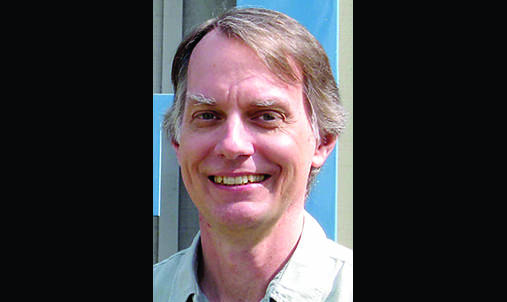Since the state announced construction re-start plans of the Thirty Meter Telescope, uncertainty about what lies ahead on Maunakea abounds. Conflicts and protests on the mountain in 2014 and 2015 frame our expectations of 2019, and perhaps beyond.
As a longtime member of our community and Maunakea Observatory director who witnessed first-hand past protests, it saddens me to acknowledge that rifts in our community are poised to reopen. While near-term protests may be unavoidable, with a shared commitment to safety on all sides of this struggle we can give our community some much needed peace of mind. We can have strong positions and beliefs and still share our ideas with dignity and respect.
Often we look at controversial situations in a binary fashion, producing winners and losers in the process. While that outcome may be fine in some arenas, our community should not be woven with such contradictory threads. A commitment by all to safety for all helps blend these threads.
Maunakea is revered by essentially all who experience it, is held sacred by many, and also happens to be a prime portal on our universe. The Maunakea Observatories have helped make Maunakea the most scientifically productive site in the world for the study of the universe, helping us understand our place in it. For many on earth, that personal context and connection is deeply important. At the same time Hawaiian cultural practices and perspectives inform and enrich the world, and these rights deserve protection for the very purpose of being.
As Irina Bokova, past Director General of UNESCO puts it, “Protecting the rights and dignity [of all indigenous people] is protecting everyone’s rights and respecting humanity’s soul, past and future.”
For people who work on the mountain, people who practice their culture and religion on the mountain and people who visit the mountain, I look to a future beyond coexistence because coexistence still implies barriers.
I look to a future in which knowledge and worldviews hybridize to create a reality more beautiful and resilient than its progenitors. This is occurring now, through A Hua He Inoa, the interstellar asteroid Oumuamua, black hole Powehi, and the unusual asteroids recently officially named Kamo’oalewa and Ka’epaoka’awela by Hawaiian students.
I look to a future for Maunakea where studies of the universe are buoyed by the wisdom of Hawaiian kupuna, and grounded in the genius of Hawaiian culture. As a community we are bigger than that which separates us in the face of adversity. We all owe it to our keiki, who will define our future, to lay a strong foundation. Let the first pohaku in that foundation be one in which we all commit to the safety of each other at all times.
Doug Simons is the director of Canada France Hawaii Telescope.






